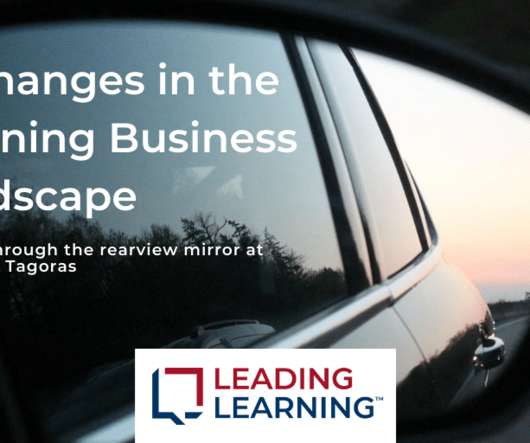Jeffrey Cufaude, Idea Architects: Belief Systems as Bridge-Builders.
Idea Architects
APRIL 25, 2012
Belief Systems as Bridge-Builders, Not Barriers. Our life experiences inform and coalesce into the belief systems that guide our choices. When we come together with others—at home, in neighborhoods, in volunteers groups, or at work—our respective belief systems come into contact with those that others hold.
.png)






































Let's personalize your content